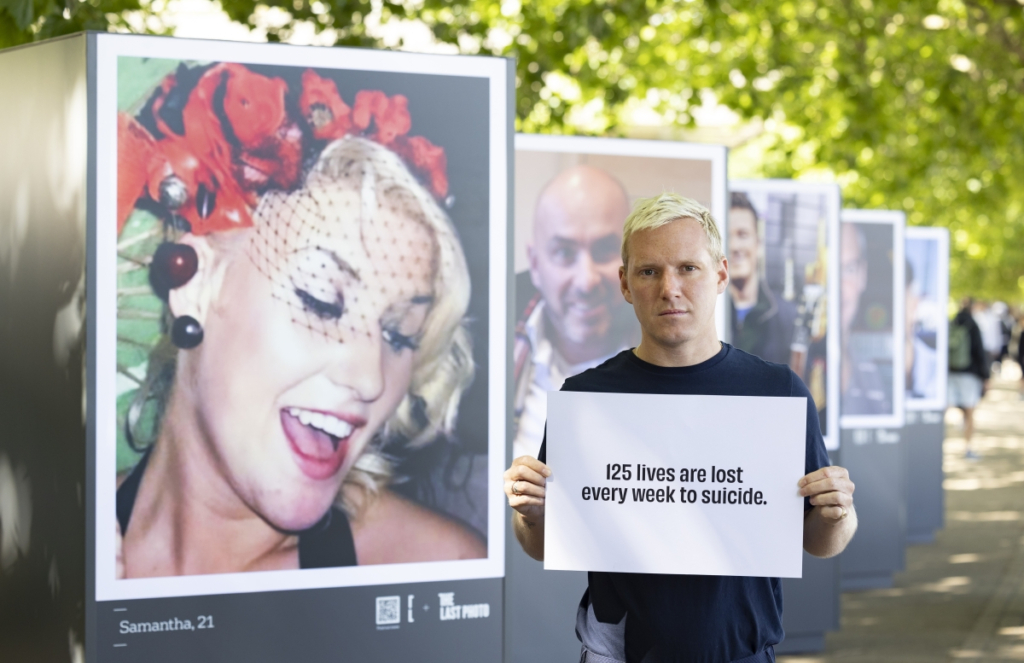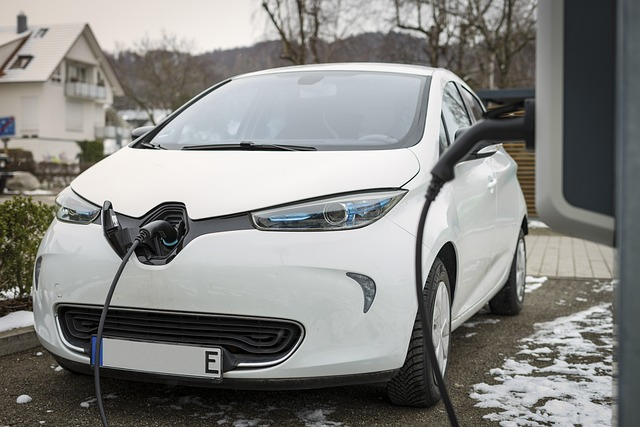The context: Fundraising options for the Third Sector
When it comes to fundraising for Third Sector organisations, there are two main options.
Grant funding
The first is applying for grant funding. As pretty much everyone in the sector knows, the way that grant money is divided is incredibly disproportionate. A small number of companies gobble up a huge amount of the cash – according to NCVO data, the top 3% of charities (by scale) are estimated to receive 90% of the available funding. Small charities simply lack the experience, resources and skillset to truly affect this.
Donors
The second route of financial support is via direct donations from individuals. In most cases, we’re talking about people who are aware of the work the charity is doing and align with their mission and purpose.
The amount of money being donated to charities in the UK is in decline, based on the latest report from the Charities Aid Foundation. That presents a major problem when it comes to a charity’s success and survival.
There are numerous factors behind this, including the cost of living crisis and a drop-off in charitable support since Covid. But there’s another growing issue at play here — the rise of purpose-led private sector companies that are seemingly blurring the distinction between the third sector and private sector.
There’s a clear sense — and it’s something that’s been articulated for a few years now — that some of us are increasingly neglecting to support charity organisations because we feel we’re doing our bit by spending our cash with for-profit companies.
It’s a serious, existential problem for the charity sector and something we at SoGood are eager to tackle.
Purpose-led brands are here to stay
The rise of purpose-led companies is neither a fad or a trend. A great many companies have good causes at the centre of their brand purpose and reason for existing: whether that’s focusing on environmental issues, like cleaning up the oceans, or social issues, such as tackling homelessness, or poor mental health.
For many companies it’s become the focus of every part of their operations and given them a strong brand identity. It’s the critical part of how they communicate and market their product or service.
Put simply, there’s a lot of value in private sector companies articulating their purpose. In a recent report from management consultancy Bain, one eye-catching stat was that 14% of respondents view ESG as the most important part of their buying criteria – above price, convenience and brand reputation.
In the same report, there’s reference to what they call ‘the virtuous cycle’ of purpose-driven capitalism. Public demand pushes companies onto better ESG standards – and delivering the purpose they promised.
Purpose-led brands have a clarity of purpose
Purpose and mission are important to these private sector companies and they know how to communicate that. It’s built into their direct marketing and awareness is consequently broad. Here are some examples:

TOMS
TOMS pioneered the ‘one-for-one’ model back in 2006, and was arguably the first for-profit company to explicitly tie buying its products to doing good. The company has since evolved the impact it makes into supporting a range of mental health and community charities.

PANGIA
Activewear brand Pangia is another company that has put doing good front and centre. What began as planting a tree for every product sold has since evolved into a rigorous philanthropy framework that includes partnering with a platform, Milkywise, that enables companies and individuals to support climate focused initiatives.

TONY’S CHOCOLONELY
Tony’s mission is made crystal clear in their marketing: make 100% slave-free chocolate the norm. Their journey has evolved from creating awareness, to leading by example in how they source their chocolate, to partnering with others seeking to implement their own business model. We could talk about so many more examples here. Whether it’s Oatly, Dove or Who Gives a Crap, there are numerous companies that have built entire brands around a central social good message that resonates with an audience.
This isn’t necessarily a negative
It’s important to state that we don’t see the development of purpose-led brands as a bad thing. Many private sector companies, including the ones mentioned above, are doing incredible work that has a tangible, positive impact on the planet. This is not a charity sector vs private sector situation — doing good is still doing good, no matter which organisation or company is behind it.
The problems around consumer perception
That said, there are definite issues here. Chief among them: the danger that consumers increasingly think of private sector companies as being the same as charities.
That’s something that’s perfectly illustrated by the fact that, in 2022, the average young person listed ‘buying an ethical product’ as their third most common way to get involved with a charity. An eye-opening 38% of respondents consider this to be philanthropy [Charities Aid Foundation].
That points to a serious blurring of the lines between charities and private sector companies. There used to be a simple distinction between Third Sector and private sector: charities did good things; corporations made money. That no longer exists.
People think they’re doing good by consuming
Consumers are presented with the choice of making a purpose-led purchase over doing good via direct charity engagement. Many of us feel we can do good by consuming which, in most cases, means buying products. And it’s probably worth pointing out that the buying and selling of more and more products is not helping the planet or making peoples’ lives better.
Looking further ahead, we can well imagine a scenario where a private company’s ESG initiatives improve and become more and more efficient in driving impact – to the point where companies might feel they can deliver projects or initiatives themselves.
Suddenly those partnerships between brands and charities will no longer really be needed. That brings into focus a set of new problems, including accountability and the ever-present threat of charity washing. It’s also an existential threat for the charity sector at large.
The solution: charities need to build their brands
Charities need to stand out in an increasingly crowded landscape. Brands talk loudly about their impact; charities need to too. Charity funding and brand communications are intrinsically linked — it’s time for the Third Sector to up its game and articulate its purpose more effectively.
Communication
In our view, it’s necessary for charities to improve the quality of their marketing by starting to think more like the brands that have social good intrinsically tied into their branding. There is plenty that the private sector has taken from the third sector in the way it approaches doing good – it needs to work the other way round too.
That means long-term strategies and campaigns around building a brand and finding ways to tell impactful stories. And, as table stakes, it means charities need to have distinctive brand assets including:
Clear and distinctive messaging
A consistent tone of voice across all touchpoints
A strong visual identity
There also needs to be serious thought given to where charities engage with – and build – their online audience. One very interesting insight we took from Good Innovation’s recent report into the future of charities was:
‘Too many organisations still expect donors to come to them, on platforms where the charity feels comfortable, rather than meeting donors in their spaces.’
Partnerships
Creating a partnership with a purpose-led brand remains central to the way charities build audiences and increase awareness about the work they do. That, inevitably, has a positive impact on donations and fundraising. But these relationships have to be built on the foundation that both entities share the same values and are in it for the long term. So less in the shape of a charity of the year, and more collaborative and future-looking.

The long-standing relationship which Campaign Against Living Miserably (CALM) has with the advertising agency adam&eveDDB is particularly relevant — we believe it points the way for the rest of the charity sector.
Shelter and Ikea’s long-term collaboration is another great example of partnerships in action.
What we’re working on at SoGood
With that in mind, we’re working on specific initiatives and digital solutions that can assist charities that lack the resources or in-house expertise to start tackling these problems themselves.
Our social media toolkit
The first of these initiatives is a toolkit for social media, something we’ve already implemented with our partner St Vincent de Paul, who work to support the most vulnerable in society.
Our Toolkit provides a framework for making social media a viable engagement channel for charities. We cover the basics of objective setting through to campaign design and activation. Charity workers can use our toolkit to improve the quality and efficacy of their social media output. Get in touch if you’d like a copy of our toolkit.
Of course, some charities lack the personnel to take on this sort of initiative. For those, we have another plan…
A pro bono agency directory
The second initiative we have in the works is the building out of a pro bono agency directory. This online resource will publish details of agencies specialising in advertising, digital, branding, and social media to the Third Sector. We know many agencies are enthusiastic about engaging in value-driven projects and are willing to contribute their creative talent. We will facilitate mutually beneficial partnerships by connecting them with small and medium-sized charities in need of marketing support but lacking the resources to pay for it. We believe this will be an incredibly useful service for both sides of the equation.
This is just the start. We’re creating tools and capabilities that enable charities to stand shoulder-to-shoulder with purpose-driven brands — amplifying their fundraising potential and impact on society.





